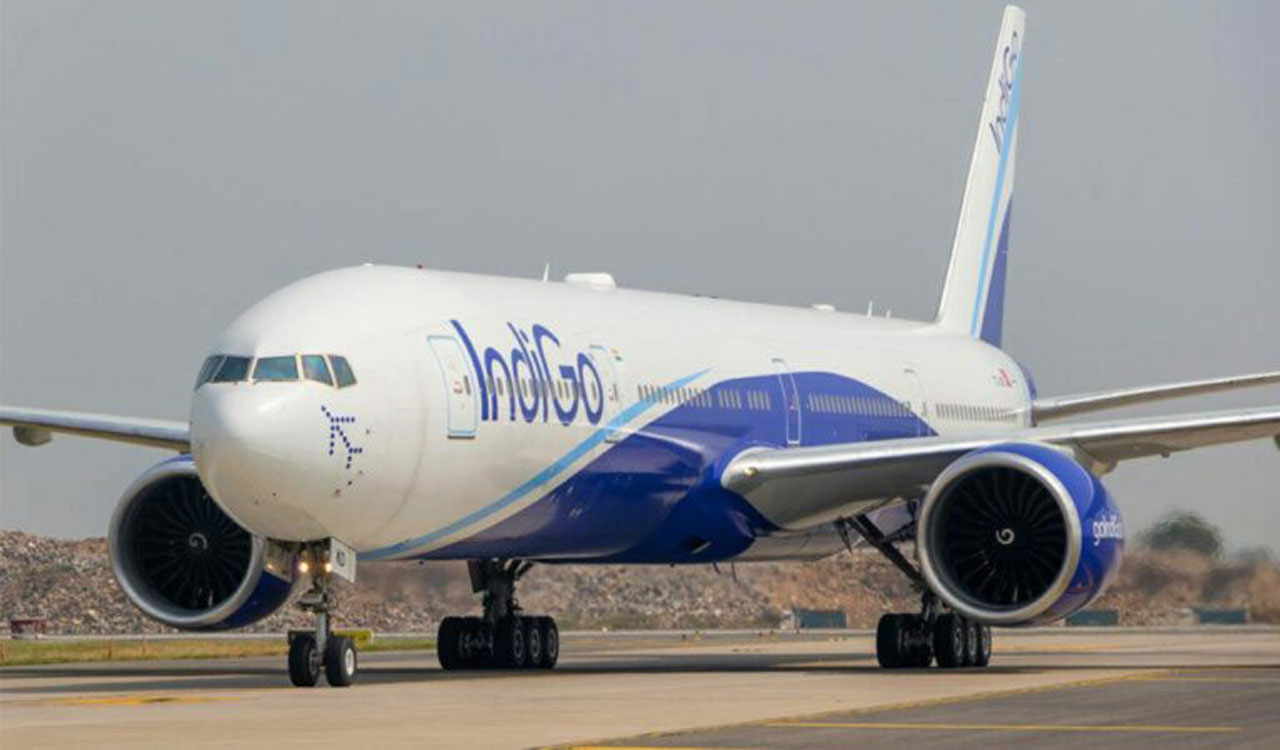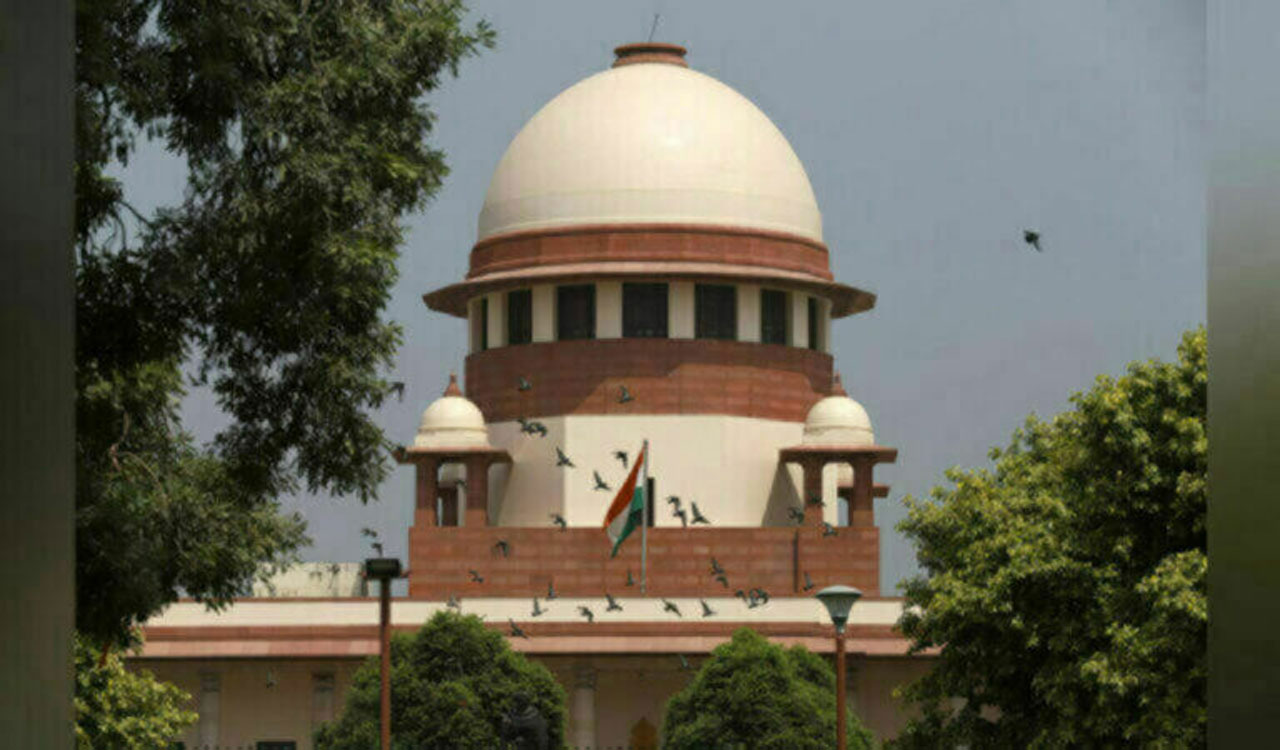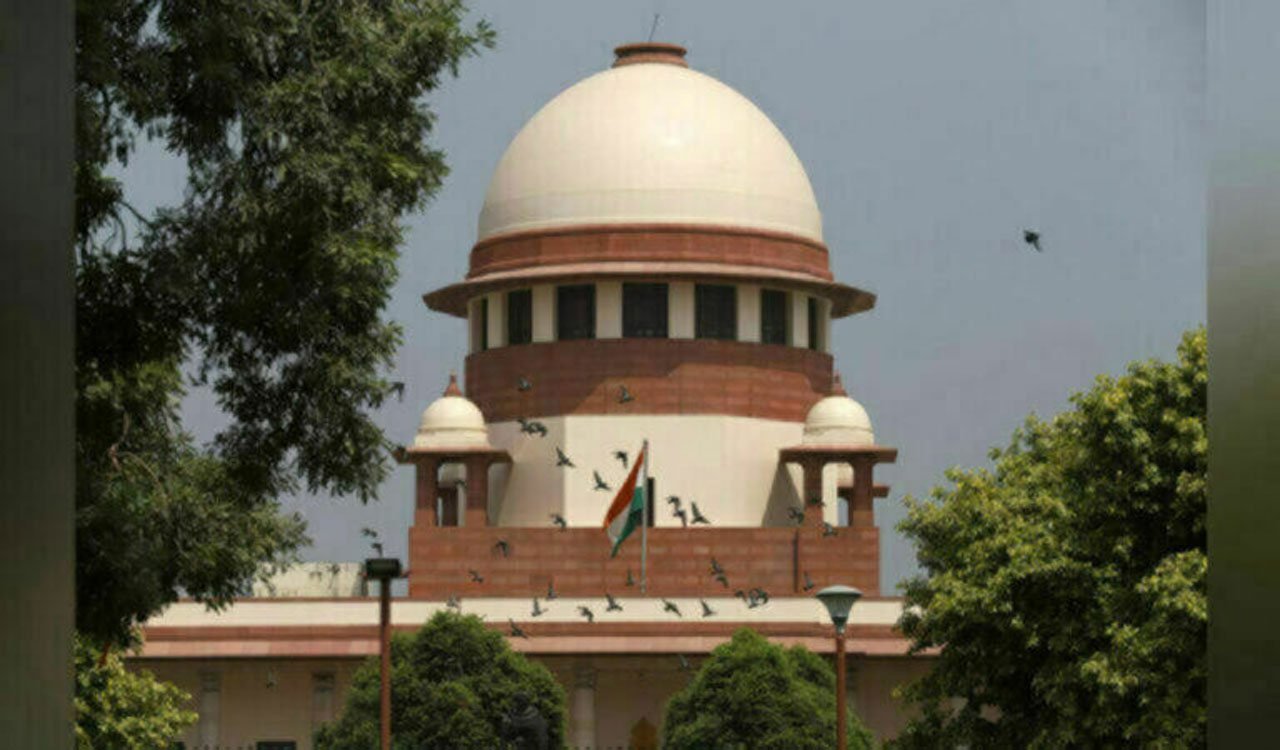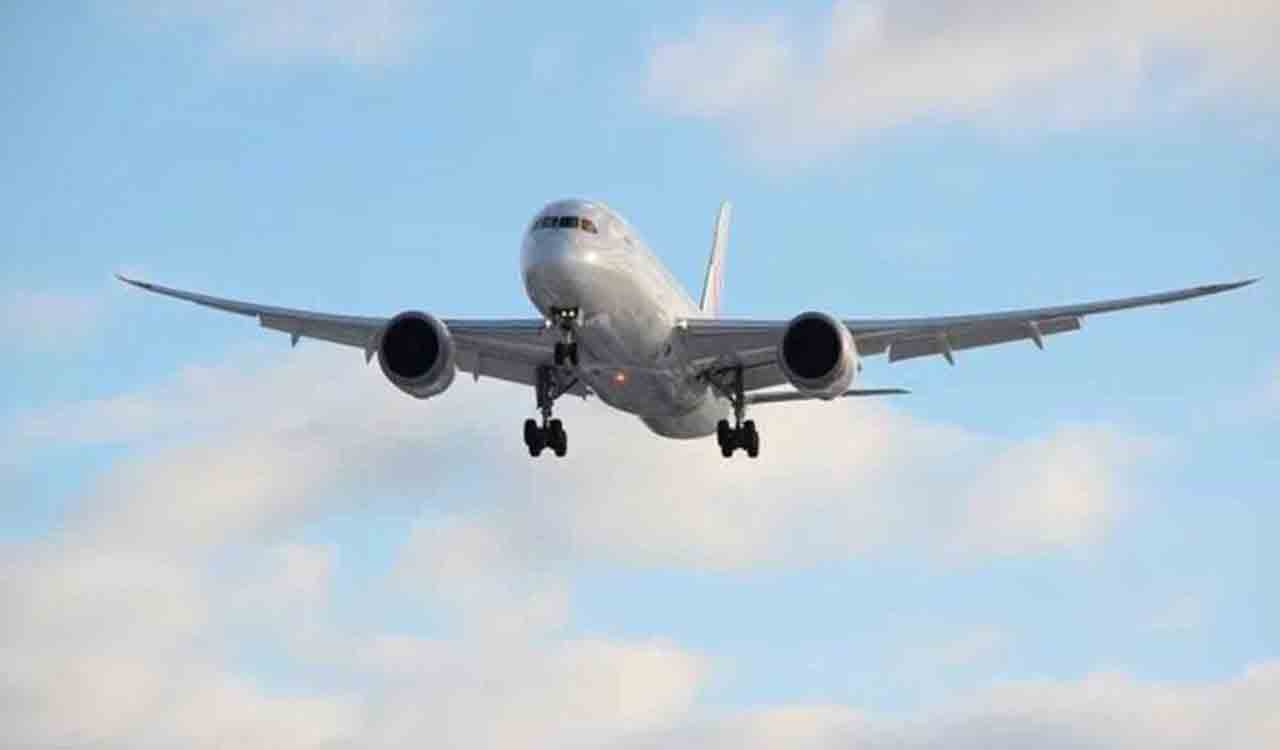Editorial: Path of doom
Collapse of Jet Airways is a disheartening development for India -- the third-largest domestic aviation market in the world
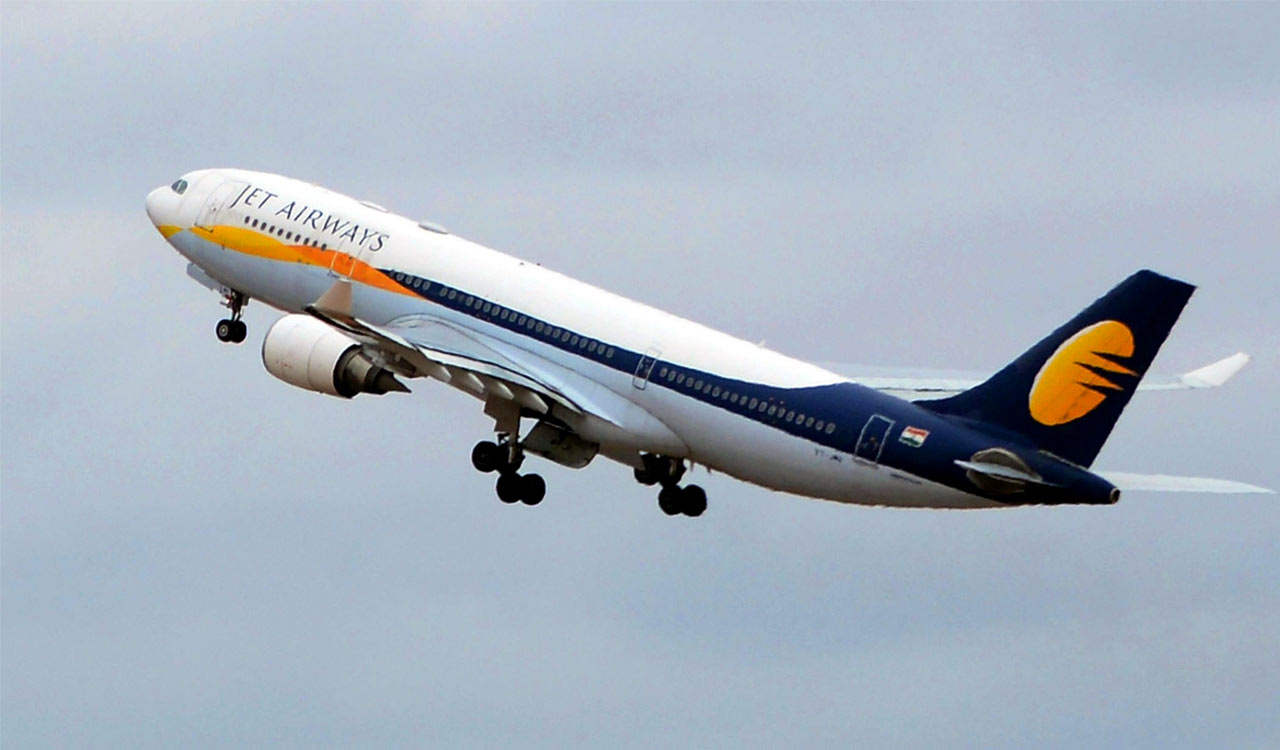
After a prolonged ordeal, yet another private airline, Jet Airways, has slipped into history, signalling a sense of doom for the country’s aviation industry. The Supreme Court has ordered the liquidation of the grounded air carrier’s assets. After GoFirst, Jet has become the second major airline in India to be liquidated under the Insolvency and Bankruptcy Code (IBC). This is a disheartening development for the country that prides itself on having the third-largest domestic aviation market in the world, after the United States and China. The collapse of Jet Airways is largely due to mismanagement and the wrong business strategies of its promoters. Being the only survivor of the first batch of private airlines in the 1990s and a clear beneficiary of the largesse from successive governments, the company never prepared itself to survive in a competitive market but only hoped for a favourable policy framework from the government. The apex court set aside the contentious decision of the National Company Law Appellate Tribunal (NCLAT), which upheld the resolution plan and approved the transfer of the airline’s ownership to the winning bidder, Jalan Kalrock Consortium. The latter’s failure to meet its financial obligations, which included pumping Rs 350 crore into the moribund airline and paying Rs 226 crore in employee salaries, sounded the death knell for Jet Airways. The revival plan never took off in the absence of requisite funding. Bad investment decisions, heavy borrowings and poor corporate governance have contributed to the company’s downfall.
Though growing fuel costs and the declining value of the rupee have impacted all the Indian carriers, the more resilient players like IndiGo and SpiceJet could withstand the turbulence. Kingfisher, Sahara and Deccan have already slipped into history. The shrinking number of players in the civil aviation sector is a matter of concern. Timely course correction is a must to pull financially stressed airlines back from the brink. The aviation industry in India faces several challenges that impact its growth and sustainability. These challenges include infrastructure limitations, regulatory compliance, fuel price uncertainty, skilled workforce shortages, high-cost structure, security concerns, and environmental impacts. There is a need for greater transparency and accountability in the regulatory process. The SC has rightly highlighted the need for stricter adherence to the IBC, which was enacted in 2016 by the Centre as an “effective deterrent against unscrupulous borrowers”. The most important lesson from the Jet fiasco is that insolvency resolution should be done in a time-bound manner so that lenders don’t have to wait years for loan recovery. The decisions of appellate bodies such as the NCLAT should be marked by consistency as well as transparency. Defaulting bidders who try to pass the buck must be taken to task. The long-term success of the government’s regional air connectivity scheme, UDAN (Ude Desh ka Aam Nagrik), hinges on giving ailing airlines a new lease of life.
Related News
-
Save future of Telangana NEET PG aspirants, IMA writes to CM Revanth Reddy
19 mins ago -
Telangana techie loses Rs 4.15 lakh to online gold trading fraud
49 mins ago -
Hyderabad: Couple working as house help at doctor’s residence held for theft
1 hour ago -
Hyderabad auto driver foils attempt to kidnap young woman, five held
2 hours ago -
Haiti gang attack on journalists covering hospital reopening leaves 2 dead, several wounded
3 hours ago -
21 dead as Mozambique erupts in violence after election court ruling
3 hours ago -
Cartoon Today on December 25, 2024
11 hours ago -
Sandhya Theatre stampede case: Allu Arjun questioned for 3 hours by Chikkadpallly police
12 hours ago

